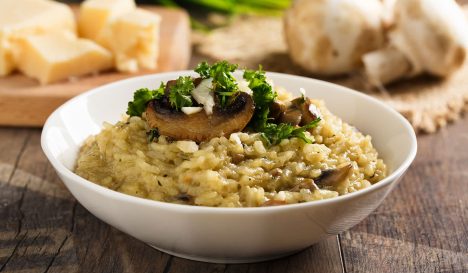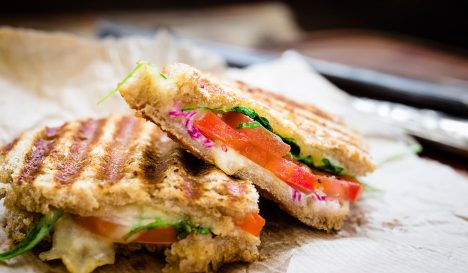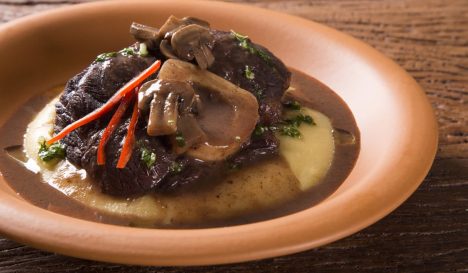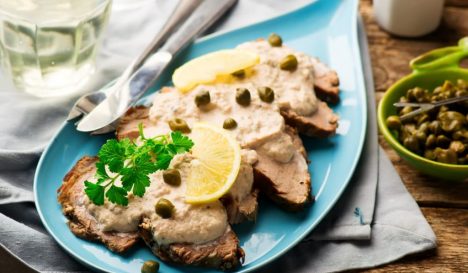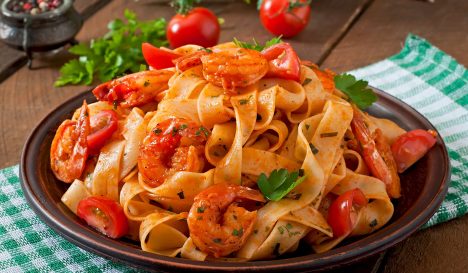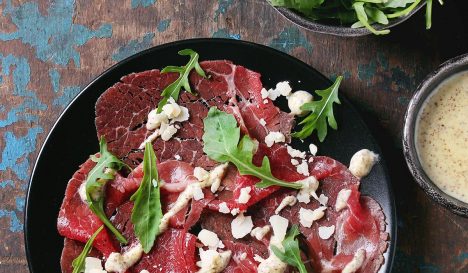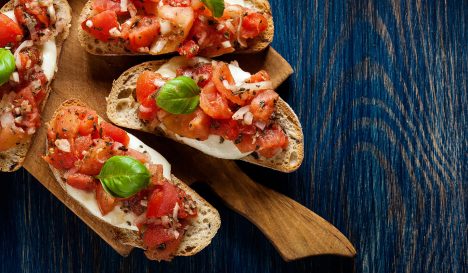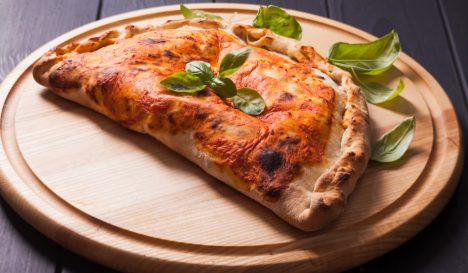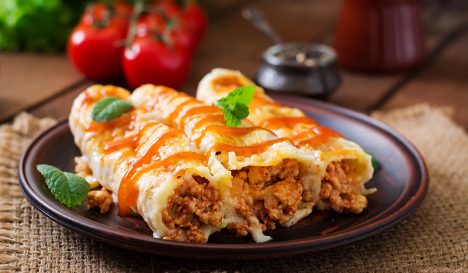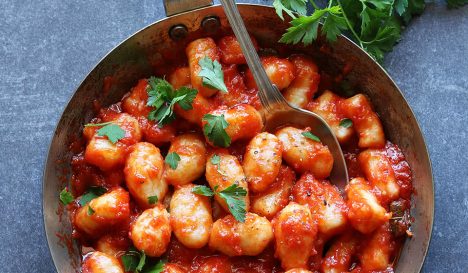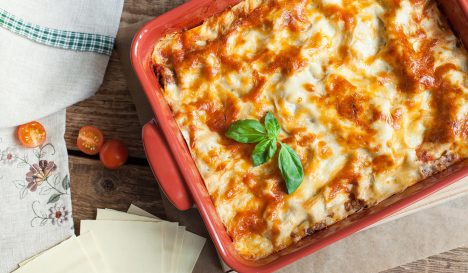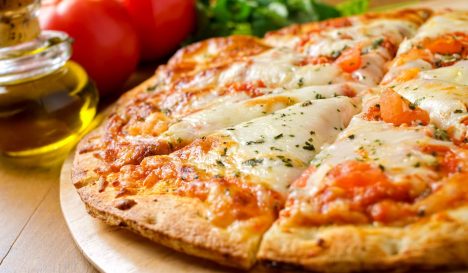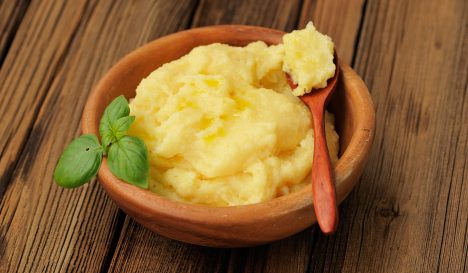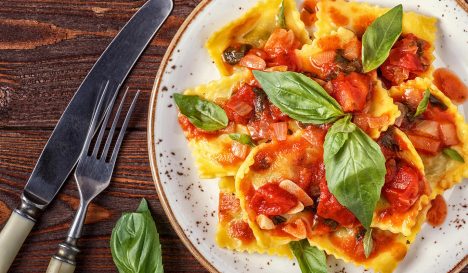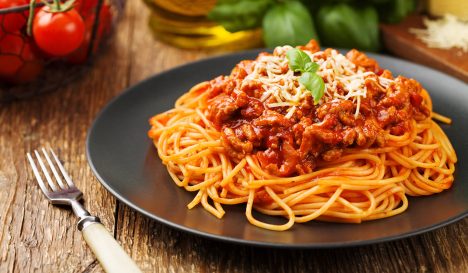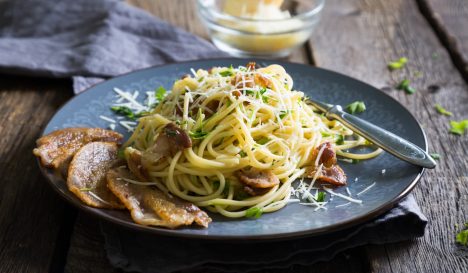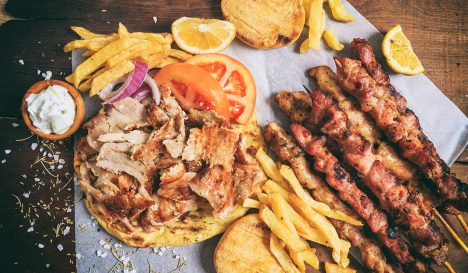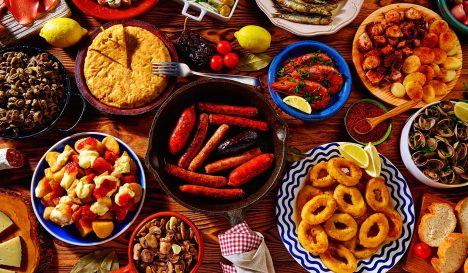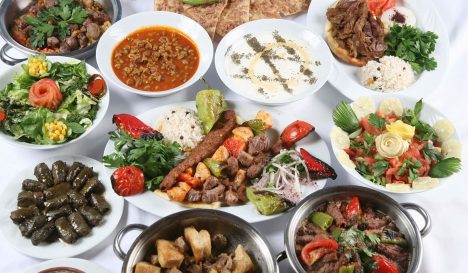Italian cuisine
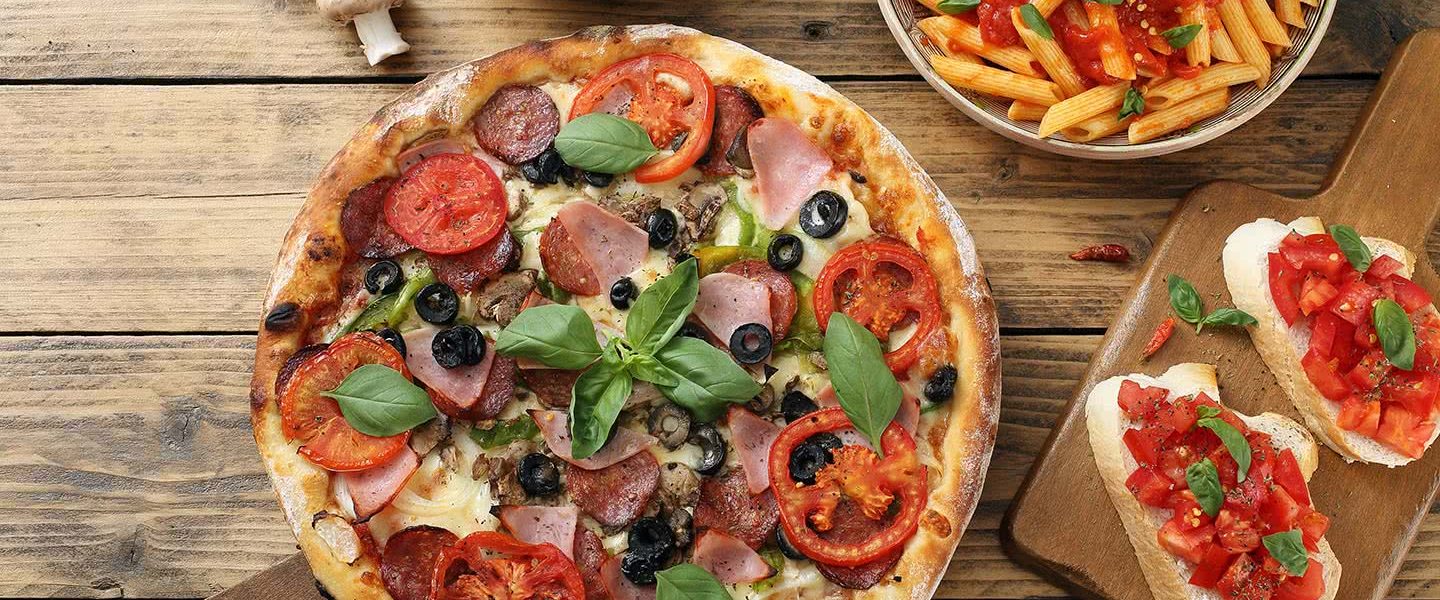
Italian cuisine ranks alongside French cuisine in terms of worldwide fame. Pizza and pasta have become world dishes, which are not only cooked in restaurants, but also by most home cooks. No matter where they grow up in Europe, all children are familiar with Italian dishes, such as pizza Margherita and spaghetti bolognese.
- A domestic cuisine
- Regional influences
- Kitchen secrets
- Typical ingredients
- The Italian meal
- Good table manners
- Italian cuisine in Canada
- For beginners
- Discover these Italian dishes
A domestic cuisine
Where French people are best known for Michelin star-worthy delights, Italian food revolves around the opposite: family, tradition and cosiness. Italian food is enjoyed at the kitchen table with lots of laughter and guarantees a full belly. Fresh, local ingredients, simple flavours and green herbs, such as basil, thyme and sage, make the dishes incredibly vibrant. Italian food is subtle yet hearty.
Regional influences
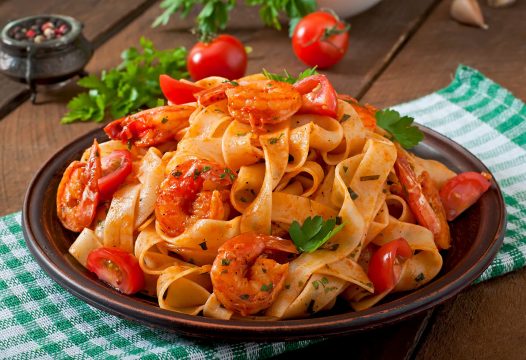
Up until about 150 years ago, Italy was divided into twenty-seven separate regions. Each region developed its own traditions, dialect and dishes. When we talk about Italian cuisine, we are actually talking about twenty-seven separate cuisines! For example, there are Sicilian dishes, which were popular during the Roman Empire and the culinary traditions of the Bay of Naples, where seafarers brought new ingredients and the use of tomatoes and pizza was pioneered. In Lombardy, people ate hardly any pasta, but rather polenta, while in rolling Tuscany they became masters of making delicious bread.
Ask an Italian where he comes from, and he does not say: Italy, but the name of his native region, or even the exact village. Italians are proud of their origins. No wonder every Italian knows exactly why his pasta is tastier than that of the next village. What seems like a small difference to us is the product of a long history.
Kitchen secrets
If you try to dissect the popularity of Italian food, you will come across a trio of secrets. First of all, Italian cuisine is blessed with ingredients that are relatively easy to eat: subtle flavours, lots of carbohydrates that create a lasting feeling of fullness and fresh produce.
Secondly, the average Italian dish is easy to prepare, even with non-Italian ingredients, and easy to adapt to circumstances. Wheat flour, water and salt (as the basis for both pasta and pizza) can be found everywhere and while you may not find guanciale (cheek bacon from Italian pigs) in your carbonara, a piece of English streaky bacon will be fine.
Thirdly, the Italians have two major moments of mass migration behind them: in the decades before the first world war, and immediately after the second world war. As Italians moved into the wide world, their eating habits spread quickly and widely, to all corners of the globe.
Typical ingredients
The number one ingredient in Italian cuisine is, of course, olive oil. Mild olive oil is used for cooking while more expensive, more flavorful extra virgin oil is used drop by drop, on salads or to finish dishes with.
Good dried pasta is not a second-rate product in Italy: fresh and dried pasta each have their benefits. However, it is important to choose a decent (Italian) brand of dry pasta, because cheap pasta becomes fibrous during cooking.
As everyone knows, Italians like to sprinkle Parmesan cheese on their food, but that’s not all they do with this umami-rich ingredient. Just like us, Italians also enjoy a piece of (in contrast to our block of) cheese with a glass of wine. For this, they choose aged Parmigiano Reggiano. For grating, they opt for the slightly cheaper Grana Padano.
Tomatoes are a relatively recent addition to Italian cuisine – only at the end of the eighteenth century did the average European dare to eat the tomatoes brought back from America by explorers. Once tried, the Italians took the tomato to their hearts. San Marzano tomatoes, grown on the sunny hills of Vesuvius, are the most celebrated variety. Italians transform their tomatoes into marinara sauce, bolognese sauce and toppings for bruschetta and pizza.
The Italian meal
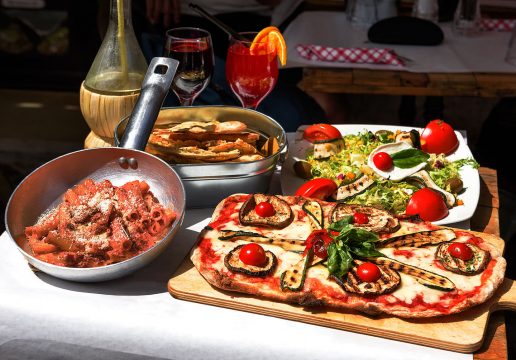
Just like us, most Italians have a bowl of gnocchi or a generous slice of frittata as a main meal on weekdays. Lunch was traditionally more extensive. In modern Italy, you can still see this tradition on Sundays and public holidays, and at formal restaurants. Then, the Italian meal consists of the following components:
Antipasti – Snacks that are served with a glass of alcohol. What you are served varies from region to region and from season to season. Consider slices of meat, olives, grilled vegetables, bruschetta and/or cheese. Antipasti are reminiscent of Spanish tapas.
Primo pattio – The first course consists of a small portion of pasta, soup, gnocchi or risotto.
Secundo pattio – The second course is a meat or fish dish served with bread and a contorni (side dish/vegetable/salad).
Frutta & dolci – Italians prefer to finish their meal with a bowl of fruit (always peeled). They save creamy dolci, like tiramisu and pannacotta, for the weekend. As for the celebrated Italian ice cream? This is enjoyed during a summer’s evening walk.
Espresso & digestivo – After the meal, a final cup of strong coffee and a digestif follows. The range of digestifs is overwhelming; there are more than three hundred to choose from, from sweet grappa or limoncello to bitter amari.
Pizza – The most famous dish ever is not eaten in Italy as part of a multi-course menu, but rather as street food or as a meal in itself.
Good table manners
• Italians drink water and wine with their meal; anything else would disrupt the tastes of the dishes too much. There is an exception: pizza, with which you can also have a beer.
• Drink cappuccino in the morning with a sweet pastry. A cappuccino after a hot meal? Not done. If you are thinking like an Italian, leave the frothy milk alone and stick to small cups of pitch-black espresso, regardless of the time of day.
• Bread is not eaten as an appetiser, nor is it dipped in small dishes of oil with balsamic vinegar. Bread arrives on the table with the secondo piatto and is used to mop up traces of sauce.
Italian cuisine in Canada
Canada is not only a diverse mosaic of languages, ethnicities, and cultures, it has become a source for some of the world’s very best food. As New Canadians arrive, they enrich our collective palate with the tastes and recipes of their home countries. For example, Canada has a wide variety of traditional Italian restaurants in almost every city. Have a hankering for Italian cuisine? You’re in luck! Skip offers pickup and delivery from your nearest Italian restaurant. Explore our website to find out where you can order your favourite Italian food near you.
There’s no shortage of great Italian restaurants across Canada, and some famous and popular spots can be found in Kitchener and Gatineau in particular.
For beginners
Are you only familiar with the classics of Italian cuisine and want to try something new? With the following menu you can quickly expand your knowledge:
Primo
Ravioli – A small portion of ravioli with a spoonful of butter sauce is a perfect introduction to Italian cuisine.
Secondo
Ossobuco with polenta – This meat dish melts in your mouth and tastes sensational.
Dolci
Panna cotta – Do you have room for dessert? Then panna cotta provides a subtle ending.

